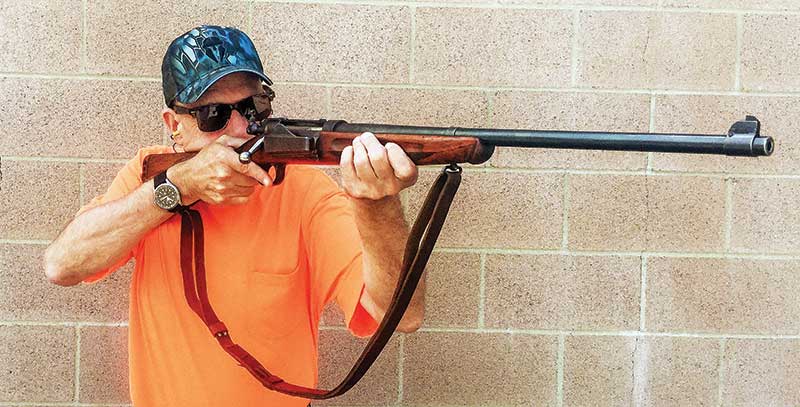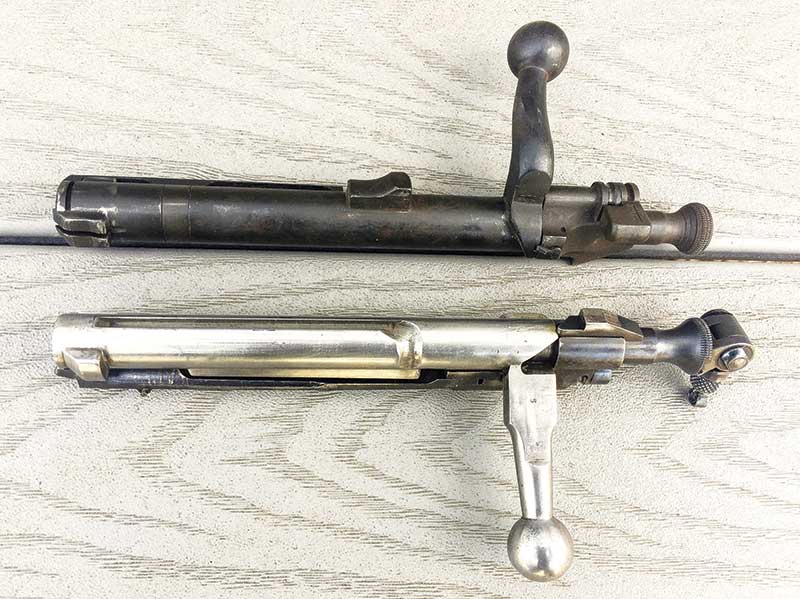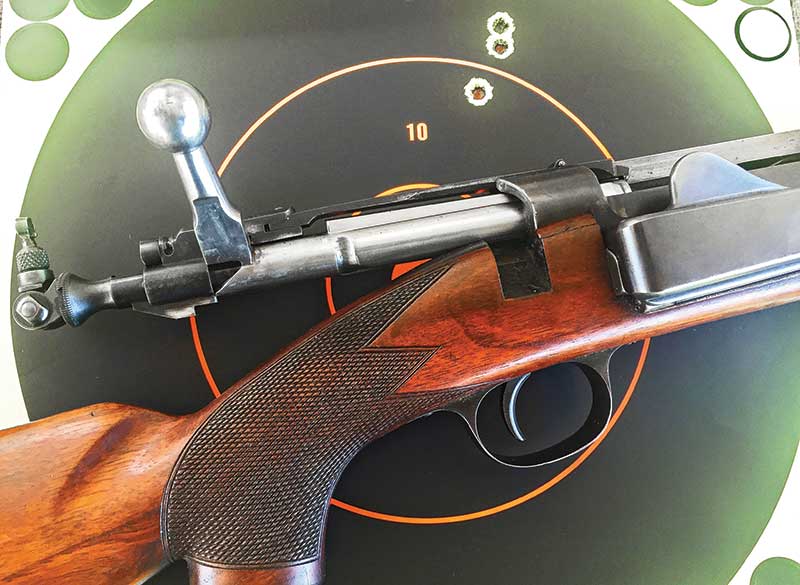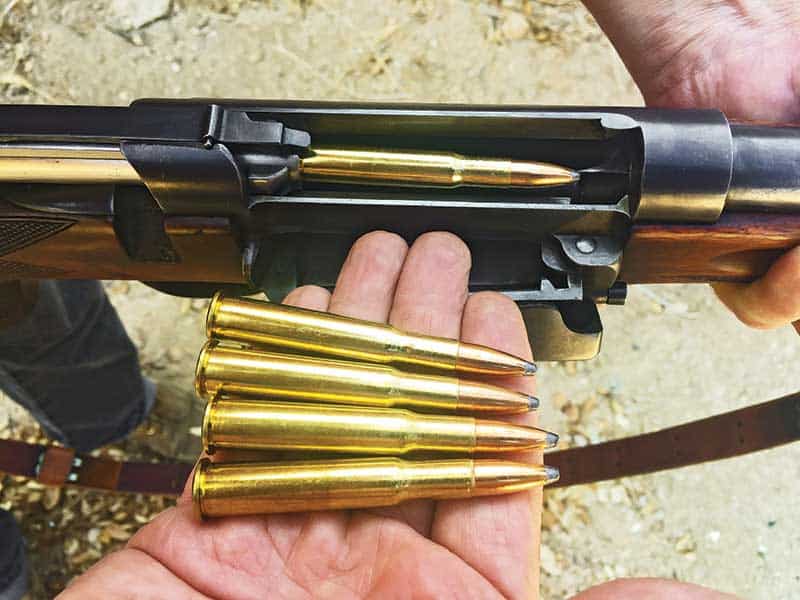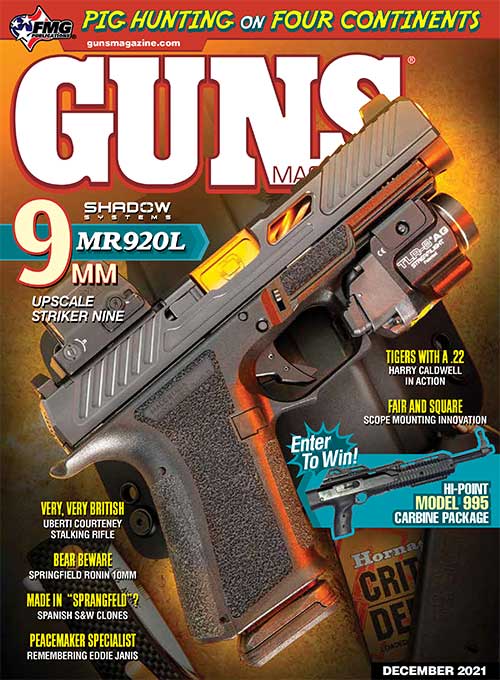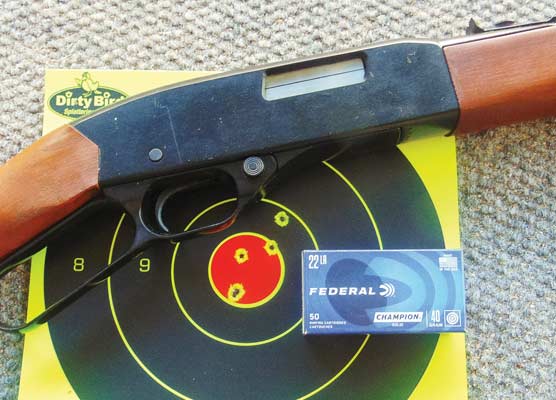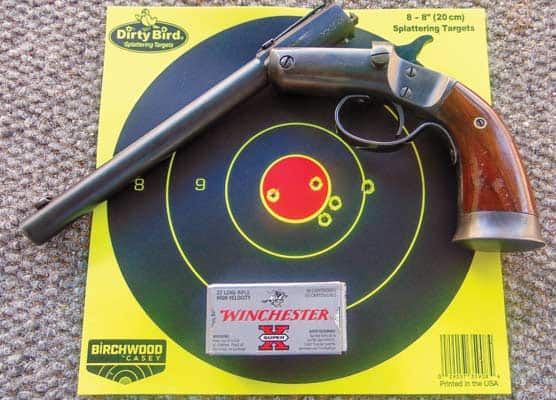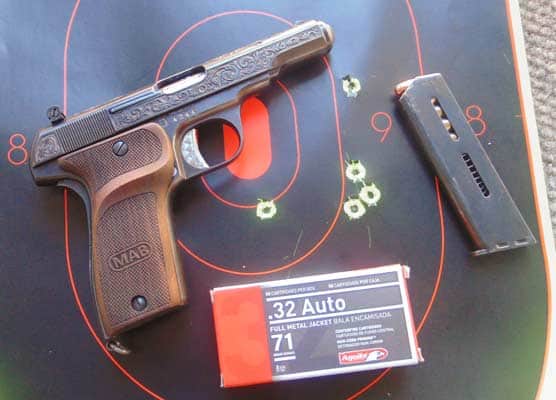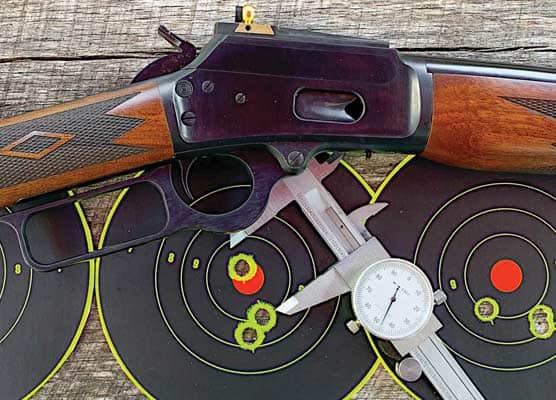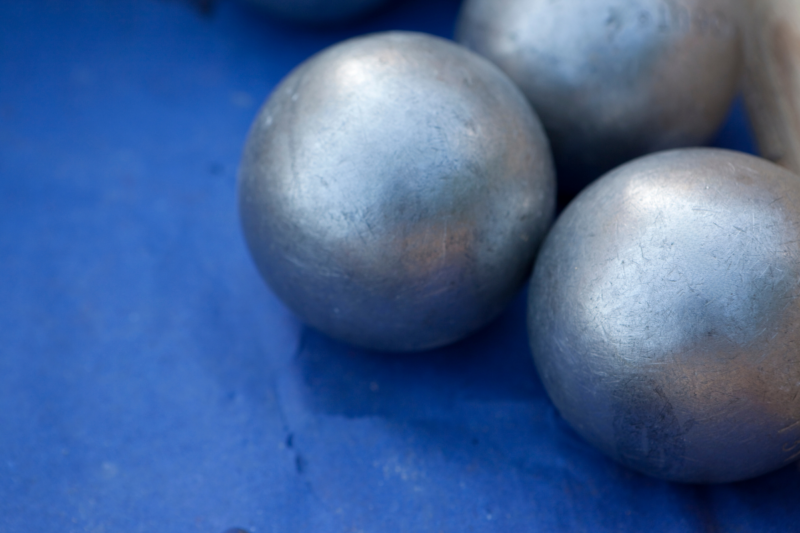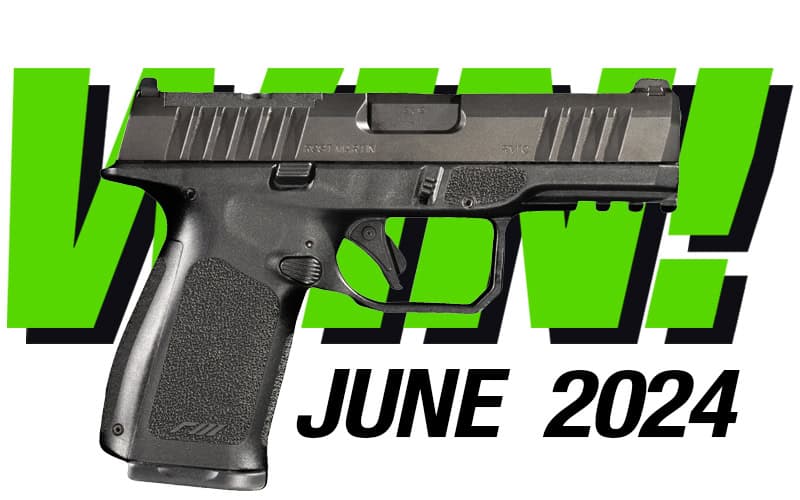Divine Flaws?
There were several American Krag variants — Models 1892, 1896, 1898 and 1899 in both rifle (30″ barrel) and carbine (22″ barrel) configuration. Many “civilianized” Krag sporters — usually 22″ carbine variants — had the side magazine “chopped” and replaced by a flush-fitting hinged cover. It only cut the 5-round cartridge capacity down by a couple of rounds but kinda destroyed the distinctive “Krag Kool” look of the originals.
Unfortunately for the prospects of Krag longevity, the Mauser stripper clip system had gotten all the major powers hot and bothered, so the simple, single-loading virtues of the Krag system were relegated to sportsmen. You could stuff a handful of cartridges in and — as long as the bullets were pointed the right way — once you snapped the cover shut, you were good to go.
Another factor contributing to the ’03’s adoption was the desire for an action permitting a more powerful cartridge than the 30-40 Krag (or .30 Army) which the .30-03 and .30-06 were. The single-lug bolt of the Krag action as slick-cycling as it was, couldn’t handle the pressures the multi-lug setup of the ’03 could.
The machining required to produce this wondrous side-magazine today would make any attempt at a current “Krag” prohibitively pricey. Me? I had one once, loved it, and traded it away. The lesson? If you have a nice Krag, hang on to it. Dump it and you’ll regret it. Trust me on this one.
One period military holdover is the magazine cut-off, a small lever at the left rear of the receiver which allows single loading without tapping into the main 5-round payload sitting in reserve.
Most changes in the M98 variant were minor and included a slight redesign of the bolt handle and a reversing of the operation of the magazine cut-off lever from the previous versions.
Incidentally, a few other notable American rifles have been chambered to .30-40 Krag, notably the lever-action M95 Winchester, the Remington-Lee Model 1899 bolt action and, much, much later, Ruger’s nifty little single-shot No. 3 Carbine.
